PAM8403 Mini Amplifier Module Overview
The PAM8403 Mini Amplifier Module is a compact, high-efficiency Class D audio amplifier based on the PAM8403 IC. Engineered for small speakers and low-power audio projects, this module delivers clear, low-distortion sound while operating on a wide voltage range. Its miniature size and low thermal output make it perfect for portable and embedded applications.
Why Choose the PAM8403 Mini Amplifier Module
- High efficiency Class D design provides excellent battery life and low heat.
- Clean audio performance up to 3W output for each channel in typical configurations.
- Simple wiring and built-in controls make it accessible for beginners and makers.
Key Features
- Compact and lightweight form factor for space-constrained projects.
- Wide input voltage range: 5 to 12V DC.
- Up to 3W maximum output power for driving small speakers.
- Class D amplifier chipset (PAM8403) for high efficiency and low heat.
- Built-in volume control for convenient sound adjustments.
- Low power consumption suitable for battery-powered designs.
- Simple audio input options, such as a 3.5mm jack or line-level input.
Technical Specifications
- Input Voltage: 5V to 12V DC
- Output Power: 3W max (typical small-speaker use)
- Chipset: PAM8403 (Class D audio amplifier IC)
- Amplifier Type: Class D (high efficiency, low heat)
- Frequency Response: 100Hz to 20kHz
- Typical Size: Approx. 4.5cm x 3cm
- Power Consumption: Low, ideal for battery-powered projects
- Audio Input: 3.5mm audio jack or other line-level input
Applications
- DIY portable speaker systems and Bluetooth speaker builds.
- Audio amplification for toys, robots, and small electronics.
- Prototyping and hobby audio projects requiring compact amplification.
- Low-power public address or notification systems in embedded designs.
Integration and Wiring Tips
- Power: Use a stable 5 to 12V DC supply. For battery operation, ensure voltage is within range under load.
- Speakers: Best paired with small 3W or similar-rated full-range drivers for clean output.
- Grounding: Share a common ground between the audio source and amplifier to reduce noise.
- Volume Control: Use the onboard potentiometer to adjust output level; avoid driving the module at maximum volume for extended periods to preserve speaker life.
Performance and Troubleshooting
- Hissing or noise: Check grounding and use shielded audio cables for long runs.
- Distortion at high volumes: Confirm speaker impedance and avoid exceeding recommended power limits.
- Overheating: Class D produces little heat, but ensure airflow if the module is enclosed in a tight case.
Note: Product images are for illustration only; actual product appearance may vary.

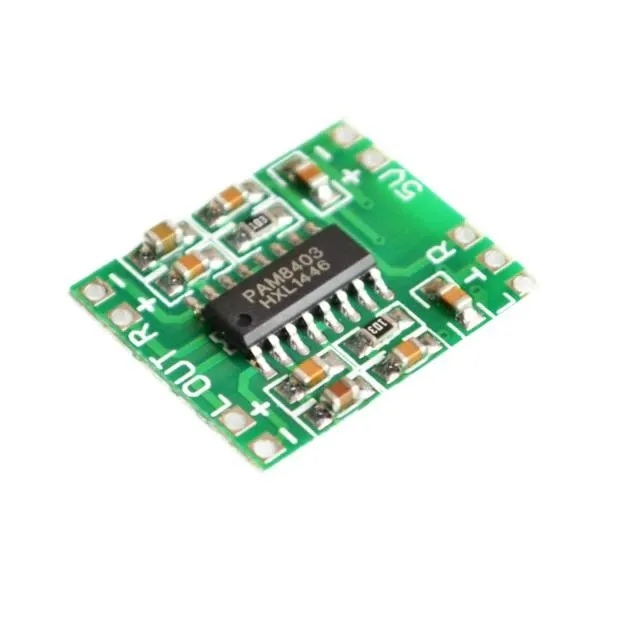
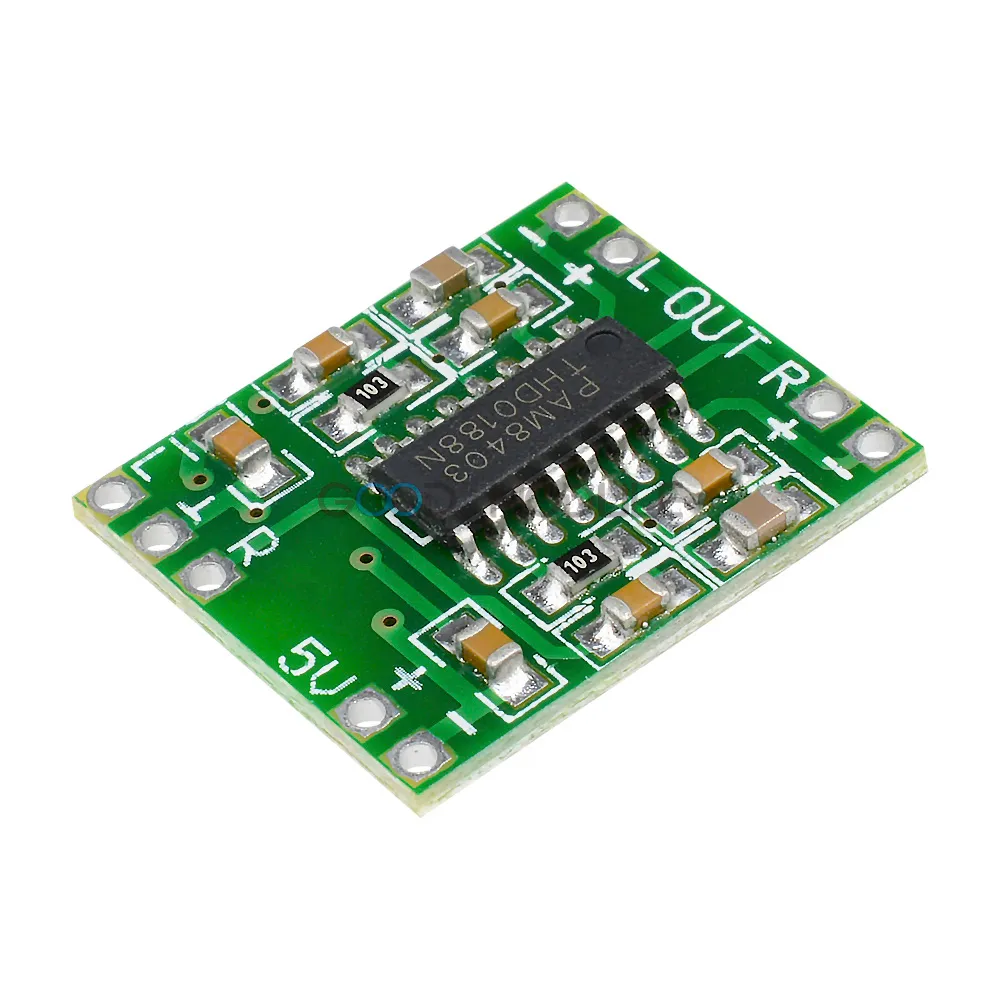

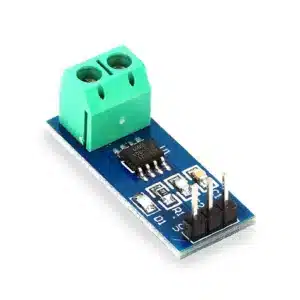
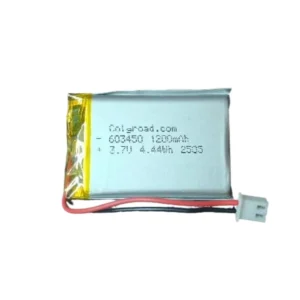
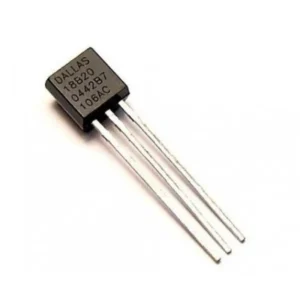
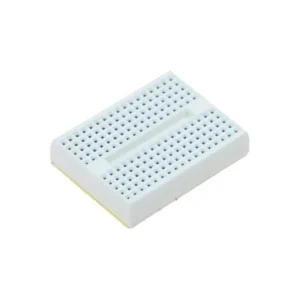
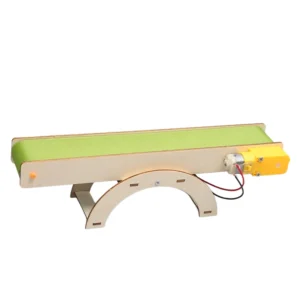
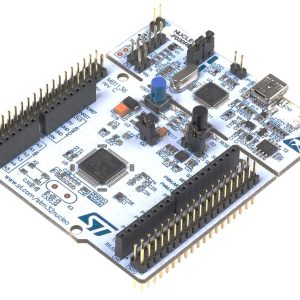
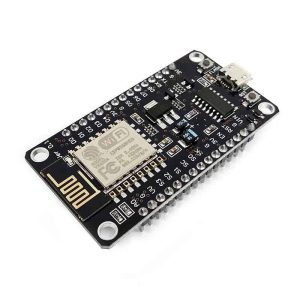
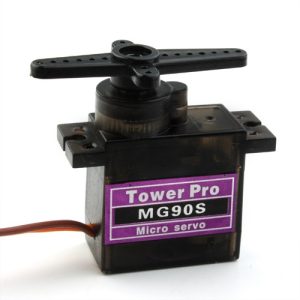
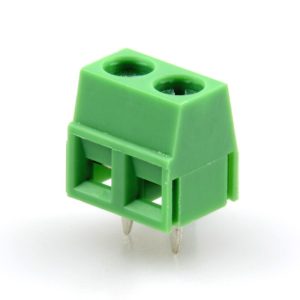
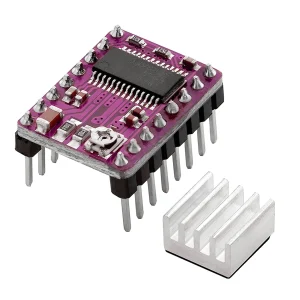

Reviews
There are no reviews yet